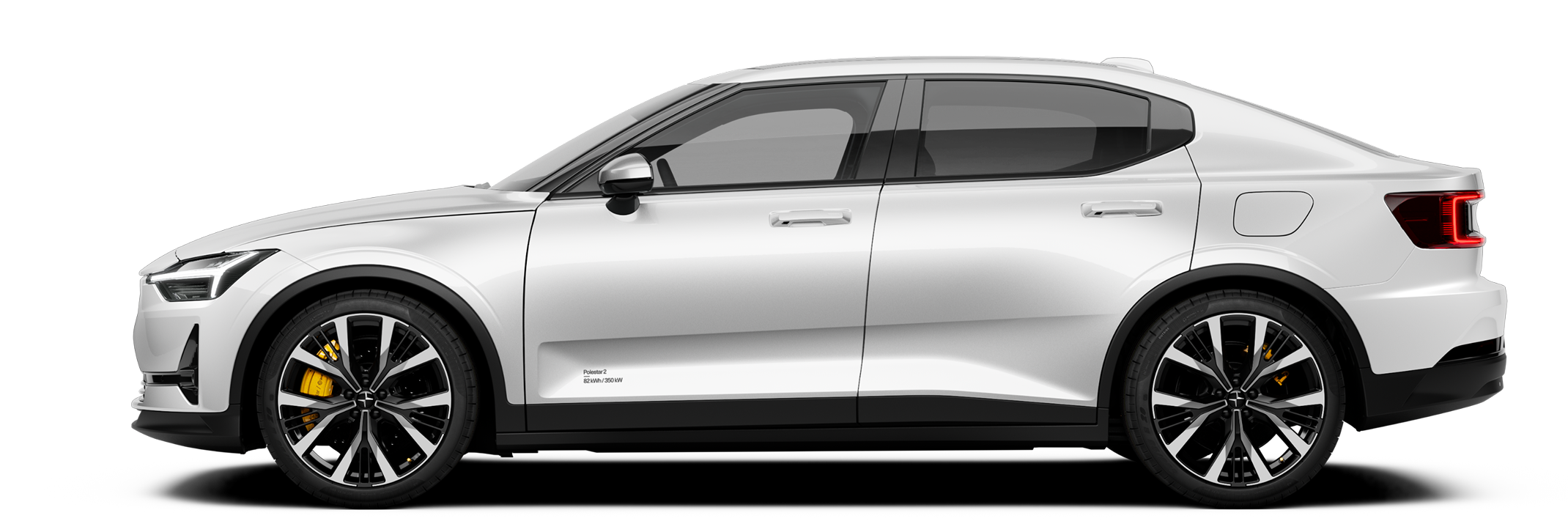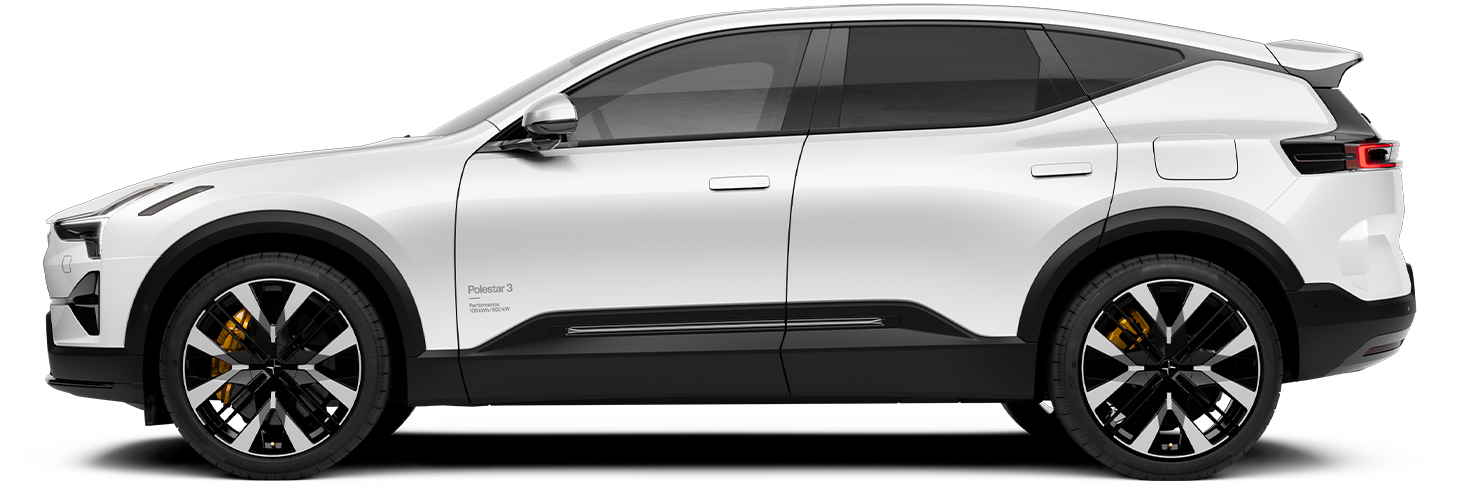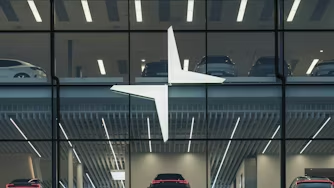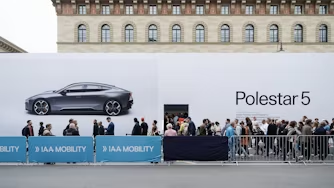COP27: virtual attendance, real results
The Conference of Parties, more commonly known as COP, is the biggest and most important annual conference on climate change. The objective, which is easier said than done, is to gather nations, decision makers and corporations to address ways in how we should tackle the climate crisis. This year marks the 27th edition, held in Sharm el Sheikh, Egypt. Or in our case, Gothenburg, Sweden. To minimise our environmental impact, we decided to do things a little differently this year.

We asked ourselves if a physical appearance is necessary to fully experience the conference, and the answer is no. We wanted to minimise our environmental impact without affecting our presence. Instead of travelling to Egypt, with all that it entails, we’re attending the conference virtually from our HQ studio in Gothenburg. This by no means hinders our participation. On the contrary, it enables us to plan our presence in an efficient way to make sure our messages come across and that we leave the conference having hopefully made a difference. The fact that we have the possibility to participate at an event of this scale, without having to sit on a plane thus saving hundreds of kilograms worth of CO2 emissions, opens up a wider discussion to be had.
Ahead of COP26 last year, we decided to carve our climate goals into stone, thus ensuring we’ll be held accountable to them. We urged other carmakers to do the same, but the response was silence. The “Glasgow Declaration on Zero-Emission Cars and Vans”, signed by a select few carmakers during COP26 committed to phasing out ICE cars by 2035, is too late. We need to bend the emissions curve this decade.
UN Climate Change has said that current plans are still not enough to stay within the 1.5 degree-target. More ambitious targets need to be set in stone, and tangible actions need to be phrased. On that same note, research from Greenpeace has found that the automotive industry is off track to stay within our allotted carbon budget. Our messages are clear. We need to phase out ICE cars and see more EVs on the roads, entire supply chains decarbonized, and greater investment in renewable energy solutions.
During the conference we’ve participated in numerous panel discussions, from decarbonization of supply chains to the shift towards net-zero mobility. Polestar Head of Sustainability Fredrika Klarén and Climate Lead Lisa Bolin have shared their expertise in their respective fields. On the 17th of November, we held our own panel together with Kearney's Angela Hultberg and climate activist and author Rebecka Carlsson to further discuss and dive into the areas of which we can and must improve within the automotive sector.
”Going electric isn't enough.”, says Fredrika Klarén. “For the car industry to truly adapt to the times and future-proof itself, we need to also decarbonise the way we build cars whilst eliminating tailpipe emissions. This, coupled with responsible consumption and green charging, can unleash the full potential of EVs.”
We as an industry don’t have to see eye to eye on every issue. As a matter of fact, we shouldn’t. However, there’s one issue we must agree on: to accelerate the shift towards zero-emission vehicles . In order to stay within the 1.5-degree target, we can’t do this alone. On the other hand, there is a silver lining to counteract this otherwise gloomy rhetoric. Collective actions between carmakers and industry peers have the possibility to pivot the trajectory and take us on the right course.
This year’s COP participation is not solely about the climate impact, it’s about a dialogue. We want to set an example, be the change we want to see in the world, and practice what we preach. We said what we wanted to say, we met who we wanted to meet, without any unnecessary emissions.







